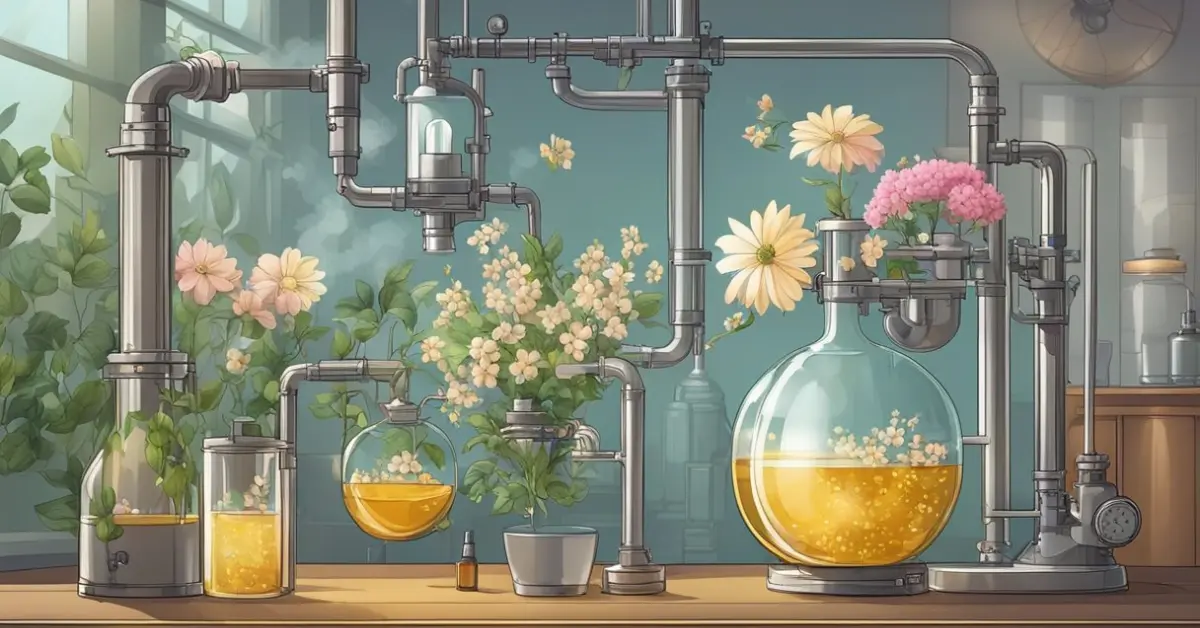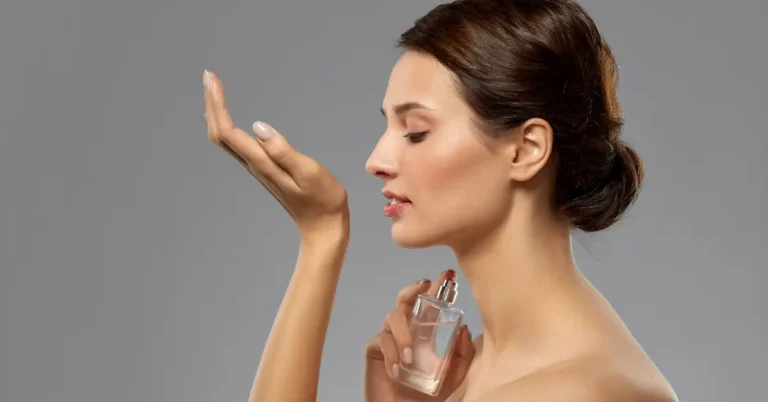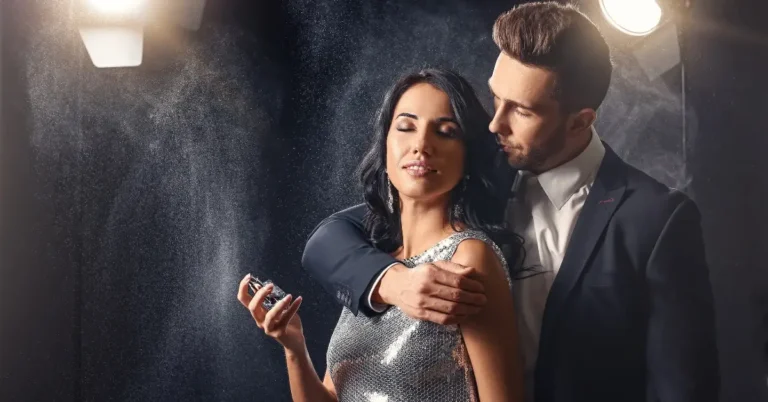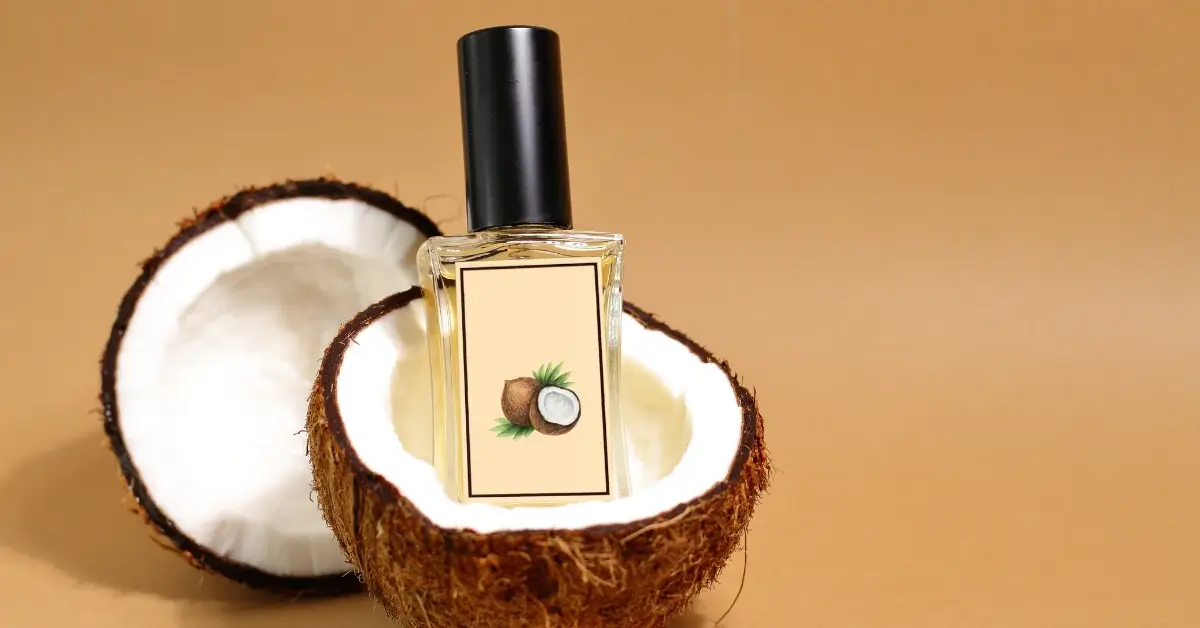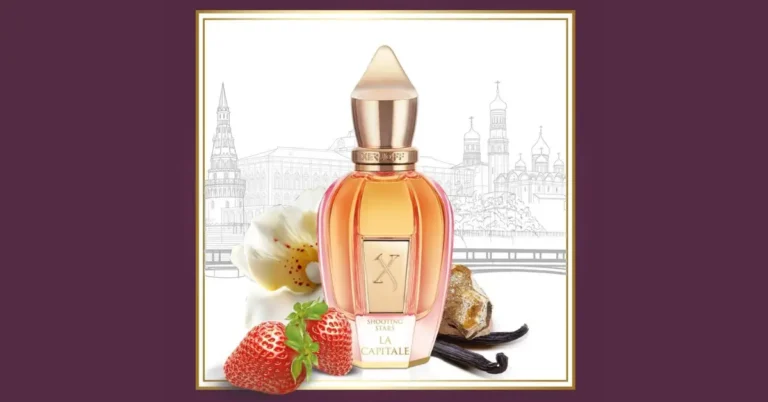Begin an exciting adventure into the realm of scents with our newest guide, “How to Make Perfume from Flowers”. Enjoy the straightforward joy of transforming your beloved flowers into a unique perfume, a time-honored craft that delivers the genuine essence of nature right to your skin.
How to Make Perfume from Flowers?
Extracting fragrance from flowers is a delicate process that preserves the essence of the petals. Your grasp of the extraction techniques directly influences the quality and intensity of the final perfume.
Types of Flower Fragrances
Each flower carries its unique scent profile, often categorized as floral, fresh, spicy, or fruity. Floral fragrances are typically extracted from roses, jasmine, or lavender, exuding a soft and powdery scent. Fresh fragrances might come from citrus blossoms or herbs, offering a crisp aroma. Spices like cloves or cinnamon contribute to spicy fragrances, while fruits such as cherries or berries are the source of fruity fragrances.
Essential Oils and Solvents
To capture these fragrances, essential oils are often extracted using solvents or distillation. Solvent extraction involves using a solvent like hexane, which is then removed after it absorbs the essential oils from the petals. The resulting mixture, known as a “concrete,” is processed further to separate the fragrance oils from any waxy substances, obtaining what is referred to as the “absolute.”
In distillation, plant materials are steamed to release their aromatic compounds. The steam containing these compounds is condensed back into a liquid where the oils separate from the water. This process is ideal for robust flowers that can endure heat without losing their scent integrity. Distillation is commonly used to obtain essential oils from plants like lavender or eucalyptus.
Gathering and Preparing Flowers
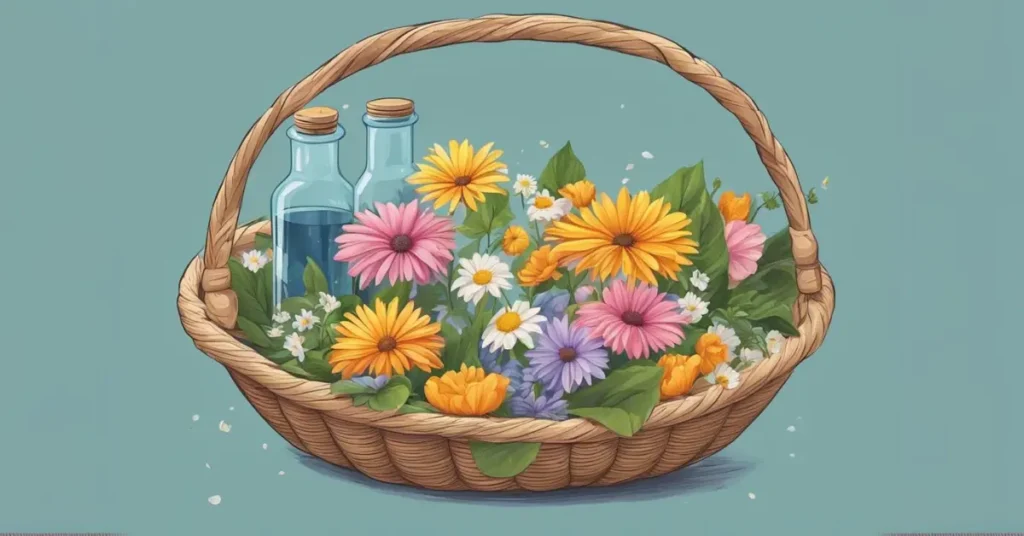
Creating your own floral perfume starts with careful selection and preparation of flowers. This ensures the quality and intensity of the fragrance you wish to capture.
Selecting Flowers
When choosing flowers for your perfume, focus on those known for their strong and pleasant aromas. Roses are a classic choice, commonly used as a base note in perfumes due to their rich scent. Similarly, jasmine has a potent fragrance that works well in homemade perfumes. Consider the time of day when picking flowers; early morning is ideal as the oils are most concentrated then.
Harvesting Techniques
You should harvest flowers using sharp scissors or pruning shears, cutting the stem at an angle to keep the plants healthy for future blooming. Aim to collect more flowers than you think you’ll need since it takes a sizable amount of petals to produce a noticeable scent concentration. A gentle touch is crucial to preserve the integrity and aroma of the flowers.
Cleaning and Storage
After harvesting, it’s important to clean the flowers. Gently rinse the petals to remove any dirt, insects, or residual chemicals. Pat them dry with a soft cloth or allow them to air dry completely to prevent mold growth. To maintain freshness, store the clean flowers in a cool, dry place until you’re ready to start the infusion process. Avoid compressing them to keep the delicate petals intact.
Perfume Creation Process
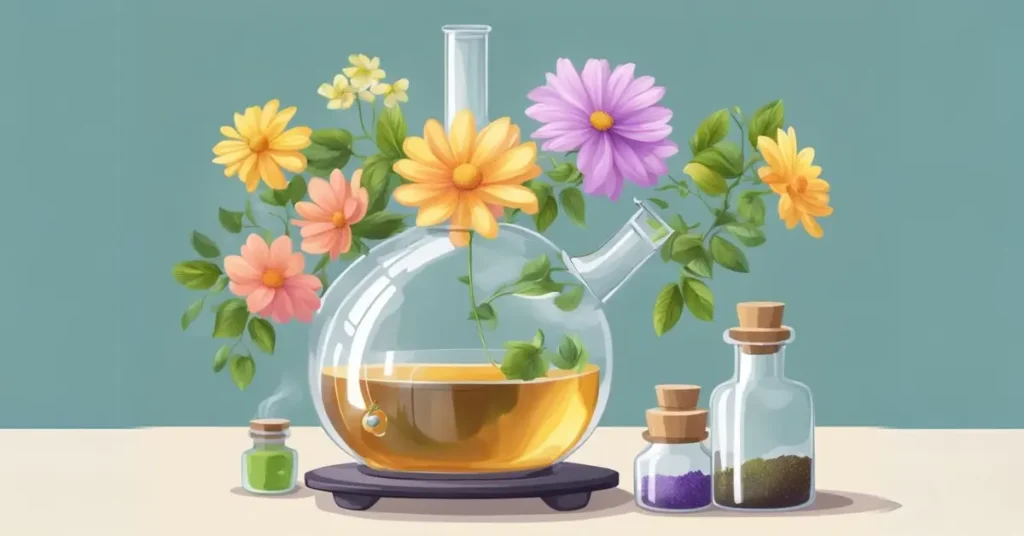
The process of making perfume from flowers involves distinct steps, starting from extraction of scents to combining the essences and refining the final product. Said methods have been honed to ensure a rich, lasting fragrance.
Extraction Methods
There are a few methods to extract fragrance from flowers. One of them is the simple distillation technique. In this method, flower blossoms are submerged in water and heated. The released vapor condenses back into a scented liquid when cooled. Another method is enfleurage, which uses fats to capture the flower’s fragrance. The flowers are pressed into a fatty substance and the scent is absorbed over time.
Blending Procedures
Once you have your flower extract, it’s time to create the perfume’s unique scent by blending. Start by selecting your fragrance notes: top, middle, and base notes. Your top notes are the initial scent impression, while middle notes form the core of your fragrance, and base notes add depth.
Aging and Filtration
After blending, your perfume mixture should age. This step can last from several weeks to months and it allows the scents to meld and mature. Finally, filtration removes any sediment for a clear product. The aging process enhances the perfume’s complexity and the final filtration ensures the purity and clarity of the scent.
FAQ
How do you make perfume out of flower petals without alcohol?
To make perfume from flower petals without alcohol, you can use the enfleurage method, where petals are pressed into a thin layer of oil (like jojoba or almond oil) to absorb their fragrance. Alternatively, create a water-based perfume by simmering petals in distilled water to extract their scent, then strain and store the scented water in a sealed container. Both methods capture the natural essence of the flowers without the need for alcohol.
Which flower is best for making perfume?
Roses are widely considered one of the best flowers for making perfume due to their rich, timeless scent that is both romantic and versatile. Jasmine and lavender are also highly prized for their strong, distinctive fragrances that form the base of many popular perfumes. The choice often depends on the desired scent profile and personal preference.
What plant has the strongest fragrance?
The Jasmine plant is renowned for having one of the strongest and most intoxicating fragrances among flowering plants. Its powerful scent is sweet and highly aromatic, making it a popular choice for perfumes and scented products. Other plants with strong fragrances include gardenia, tuberose, and certain species of roses.
If you liked this blog post about the topic: how to make perfume from flowers, don’t forget to leave us a comment down below to tell us about your experience with it.

